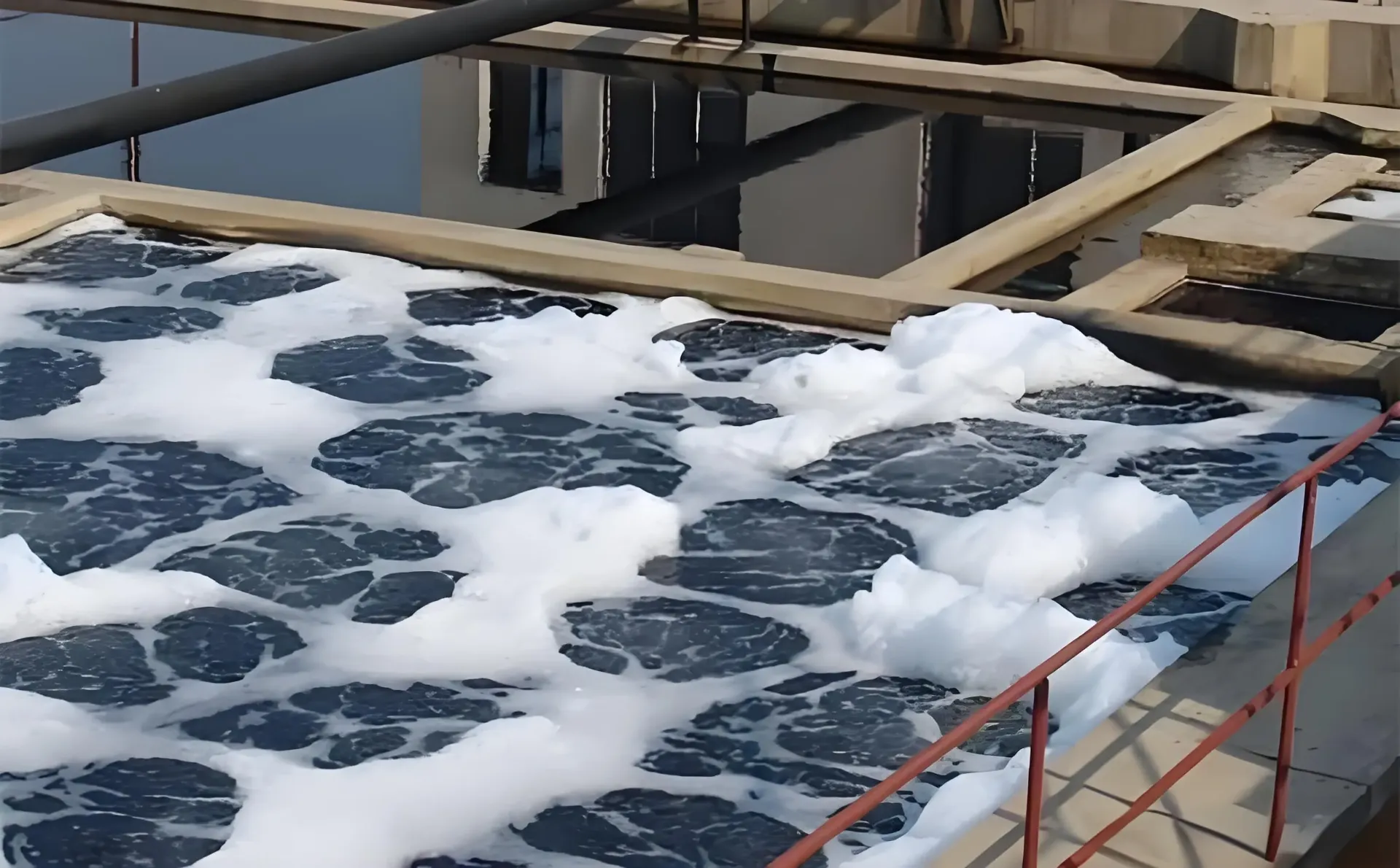
The Importance of Antifoaming Agents in Industrial Applications
What Are Antifoaming Agents?
In many industrial processes, the formation of foam can cause serious problems, such as reduced production efficiency and equipment malfunctions. To address this issue, manufacturers use anti foaming agent products designed to eliminate or prevent foam formation. These agents work by reducing surface tension, allowing trapped air to escape more easily from liquids.
There are a variety of options available on the antifoaming agents list, including silicone-based, organic, and mineral oil-based agents. Each type is formulated for specific applications, depending on the chemical environment, temperature, and the nature of the foaming system. The right choice ensures smoother operations, improved product quality, and lower operational costs.

Natural and Chemical Antifoaming Solutions
As sustainability becomes a growing concern, the use of natural anti foaming agent options has gained popularity. These agents are derived from renewable sources such as plant oils, waxes, and biodegradable esters. They are particularly valued in food processing, biotechnology, and pharmaceutical industries, where minimizing chemical residues is critical.
Despite the rise of natural solutions, anti foaming chemicals are still widely used across industries that require powerful and fast-acting foam control. These chemicals are often necessary in complex manufacturing processes like petrochemical production, wastewater treatment, and coatings. A typical chemical antifoam agent is engineered to perform under extreme conditions, such as high temperatures, strong acidity, or strong alkalinity, where natural products might not be effective enough.
In conclusion, whether using eco-friendly natural agents or robust chemical formulations, choosing the appropriate antifoaming solution is key to maintaining efficiency and protecting equipment in a wide range of industries.
-
Hydroxypropyl Starch as a Sustainable Construction AdditiveNewsNov.24,2025
-
The Gelation Properties of CMCNewsNov.21,2025
-
Redispersible Latex Powder and Water Retention CapacityNewsNov.21,2025
-
Dosage Control for Polycarboxylate Water ReducerNewsNov.21,2025
-
Film-Forming Properties of Polyvinyl AlcoholNewsNov.21,2025
-
The Function of Gypsum Additives in MortarNewsNov.21,2025





















